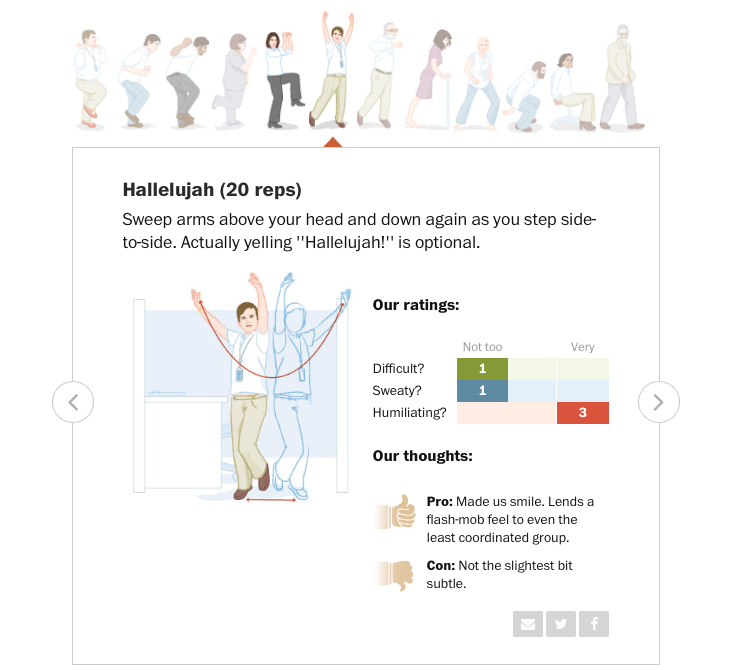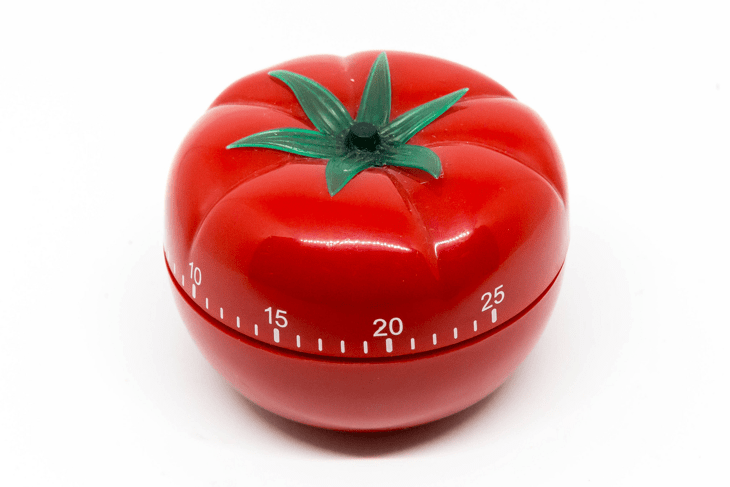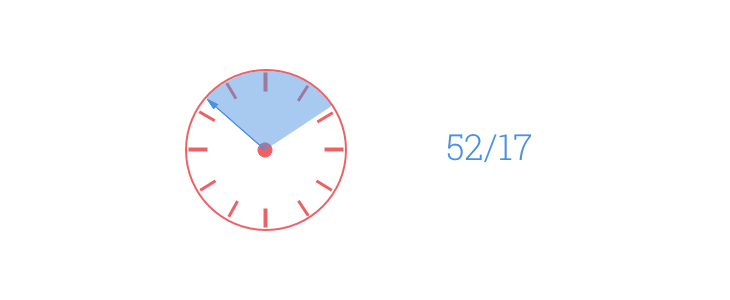
I don’t really like talking about “productivity.” The very word sounds callous to me, as if it was invented by some micromanagement freak that wants to squeeze every last drop of energy from their employees.
Instead, let us talk about working smarter, not harder — or, in other words, about avoiding burnout in the burnout-prone IT world.
Why you should be deliberate about breaks
According to research, attention is similar to vision in the sense that, over time, your mind grows blind to the task at hand (especially if it boring) and quite literally stops paying attention to it. Scientists believe that attention is a constant, but it needs to be reset periodically for you to avoid losing focus.
Some of you may think,– “Oh, but I always try to take a break when I feel tired.” Two things to note here: First, you may be too busy to notice that your attention is fleeting and you need a break. Second, many people are tempted to ignore signals from their body/mind when they are right in the middle of something.
Therefore, you should be intentional about taking a break every once in a while.
Once you get used to a system where you take breaks periodically, your mind will intuitively adjust your working habits to it. Of course, sometimes you have a really tight deadline or are in a meeting – but I’m not talking about such situations.
What does not qualify for a break
- Staying on your smartphone
- Reading that book you just grabbed from the shelf in your office (vision consumes about 30% of your brain power, while only 8% and 3% of it is consumed by touch and hearing, respectively)
- Discussing work with colleagues by the cooler
Give your mind some rest. Do not switch from one type of mental activity to another as a way of taking a break.
What does qualify for a break

- Stretching, exercising, etc.
- Going for a short walk
- Grabbing a snack
- Listening to music
- Chatting with colleagues
- Relaxing with your eyes closed
- Taking a nap (if you can, why not?)
Work planning methodologies
Now the question is when/how often you should take breaks. There is no short answer, as there seems to be no one-size-fits-all formula for that.
But let’s look at some concrete methodologies that have already proven effective for some people.
The Pomodoro technique

Pomodoro is probably the most widely-known methodology. It takes its name from the tomato-shaped timer. Your routine is divided into 25-minute chunks of uninterrupted work also known as “pomodoros.” You take short breaks between those work chunks and a longer break every four pomodoros.
Here is the classical Pomodoro-style work breakdown:
- A 25-minute pomodoro *
- A 5-minute break
- A 25-minute pomodoro
- A 5-minute break
- A 25-minute pomodoro
- A 5-minute break
- A 25-minute pomodoro
- A long 15-minute break
*A pomodoro is a period of focused, uninterrupted work.
To track your time, you can use a physical pomodoro timer (if you have one). Or you can choose from different apps created for this methodology. Some apps will also let you adjust the length of your pomodoros and breaks.
And if you think that the Pomodoro method is overrated, read this story about how NYC entrepreneur Chris Winfield went from working 40 hours a week to dedicating just 16.7 hours a week to focused work.
The 52/17 rule

Another time-management hack that was discovered fairly recently is the 52/17 rule by the Draugiem Group. This Latvia-based company provides DeskTime, a time-tracking app. They looked into the data from top-performing 10% of employees and noticed a particular work-rest pattern in their timesheets.
And that golden ratio is: 52 minutes or work / 17 minutes of rest
What DeskTime found out was that top-performing employees would work in a focused manner for 52 minutes, then slack off for roughly 17 minutes. While these are statistical averages, this kind of cadence correlates strongly with work efficiency.
In Conclusion
No matter which method you choose, multiple studies demonstrate that people just can’t go for too long without breaks. Besides, it’s best to alternate periods of fully focused work with periods of rest, as opposed to just staying at your desk for hours in a semi-productive state.
Is there a specific time-management method you use to do avoid burnout? Please let us know in the comments!